Lovely Arequipa
A city in the South American country of Peru
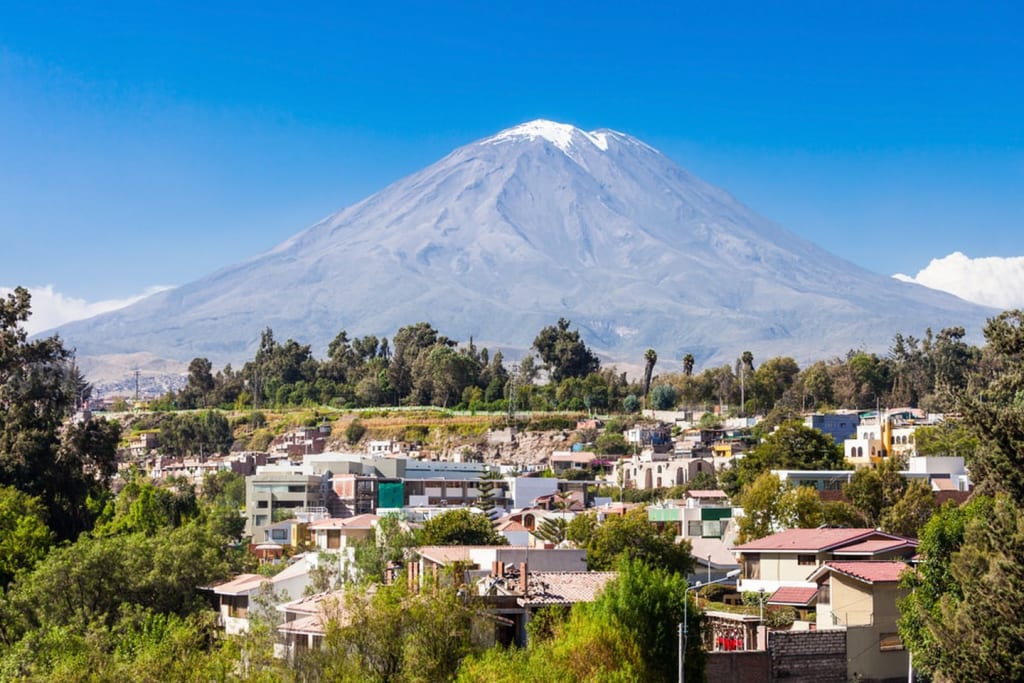
Peru is a country in South America that has a section of the Amazon rainforest and is home to Machu Picchu, an ancient Incan city that sits high in the Andes Mountains. Arequipa is the colonial-era capital of the Arequipa Region. The city is surrounded by three volcanoes.

Monasterio de Santa Catalina is one of the most fascinating religious buildings in Peru. The convent is guarded by high walls. It was founded in 1580. Visitors can hire informative guides who speak a variety of languages. Two evenings a week the monastery is open to let visitors walk through the shadowy grounds by candlelight just like the nuns did centuries ago.
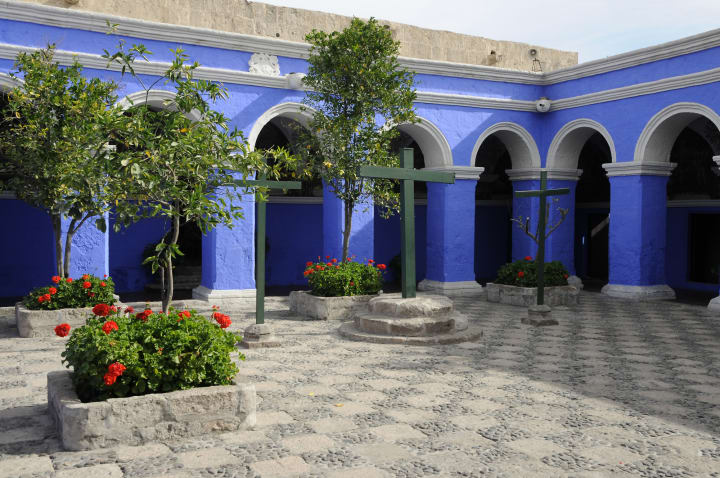
The Orange Cloister was for graduated novices and was named for the orange trees at its center. Here you can see the Profundis Room, where deceased nuns were mourned and paintings of them lined the walls. From here you walk along Cordova Street which is flanked by cells that served as living quarters for the nuns.
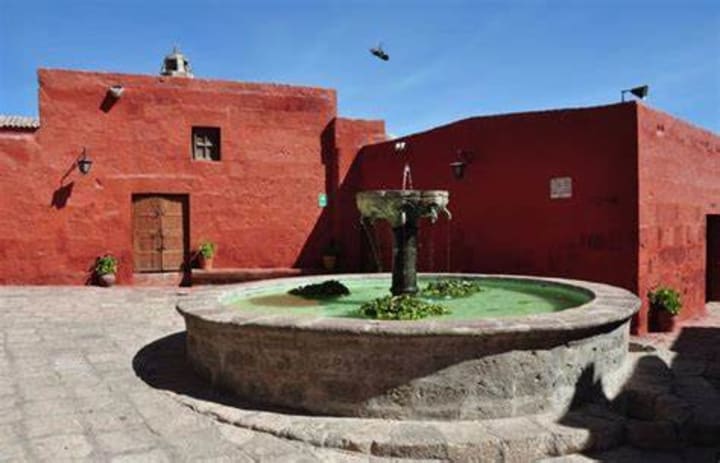
Zocodover Square was the place where nuns gathered on Sundays to exchange their handicrafts. To the left visitors can see the cell of the legendary Sor Ana who was a nun renowned for her strangely accurate predictions about the future and the miracles she supposedly performed until her death in 1686.
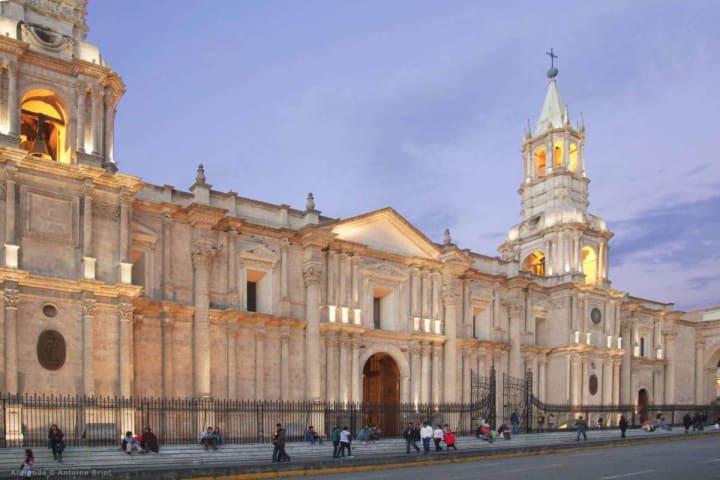
La Catedral stands on the Plaza de Armas and is the only cathedral in Peru that stretches the length of a plaza. The cathedral has been rebuilt several times. The interior is airy with high vaults. It is one of the fewer than 100 basilicas in the world entitled to display the Vatican flag, which is to the right of the altar. Both the altar and the 12 columns (symbolizing the 12 Apostles) are made of Italian marble. In front of the altar hangs a huge Byzantine-style brass lamp made in Spain and the pulpit was carved in France. The impressive organ came from Belgium in 1870 and is said to be the largest in South America.
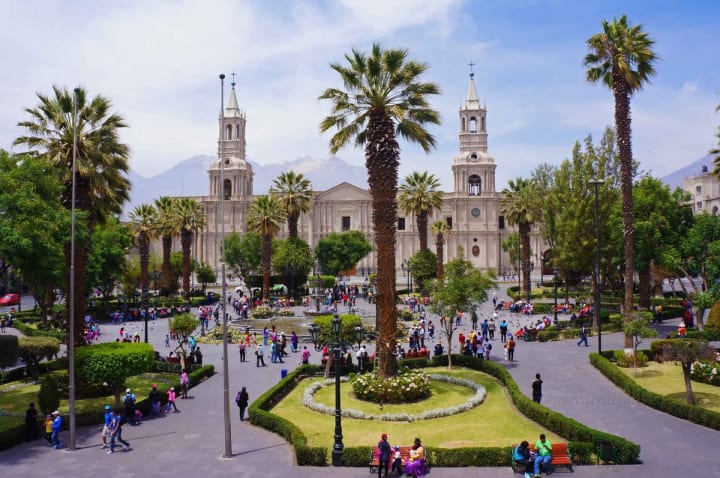
Plaza de Armas is the city’s main plaza. You can see impressive colonnaded balconies lining three sides. On the fourth side, you’ll find La Catedral.
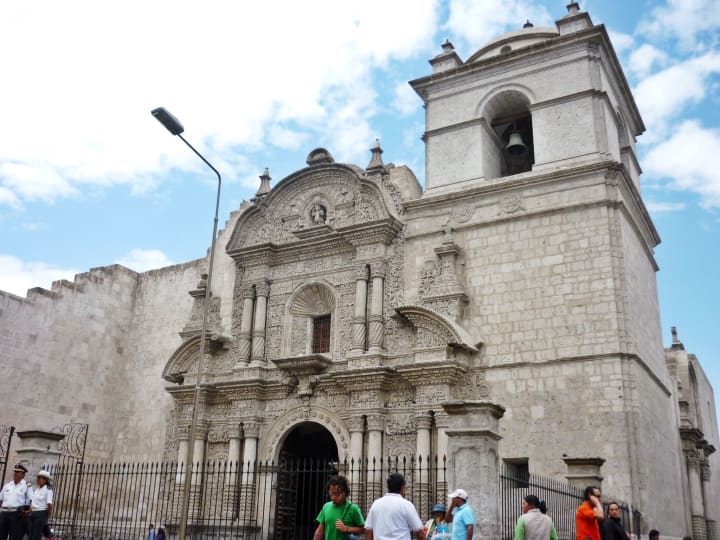
Iglesia de La Compania is a Jesuit church sitting on the southeast corner of the Plaza de Armas. The facade is an impressive sample of the Churrigueresque style (a mix of Baroque and some Spanish from the 1660s). There is a detailed altar covered in gold leaf.
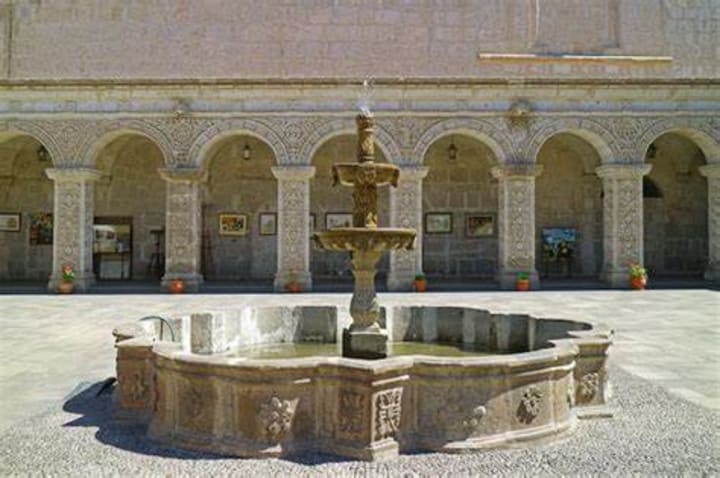
Next door you’ll find the lovely Claustros de la Campania. It has high arches and decorated columns. Built in 1660 is part of the monumental complex of the former convent of the Society of Jesus. It was built by the Jesuits for religious and living purposes.
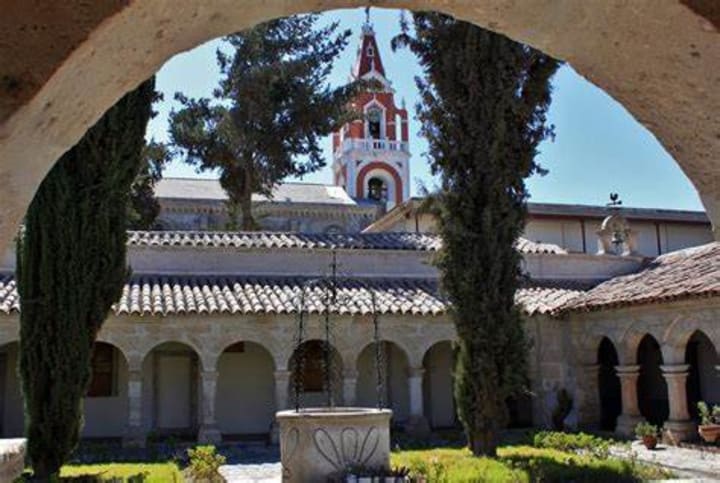
Monasterio de la Recoleta this wonderful old monastery has a huge library that contains over 20,000 books and maps. The oldest volume dates back to 1494. The library is open for supervised visits. Here you can also find a well-known museum of Amazonian artifacts collected by missionaries. There is also an extensive collection of pre-Conquest artifacts and religious art of the Cuzco School. There are guides who speak English, Spanish, French, and Italian.
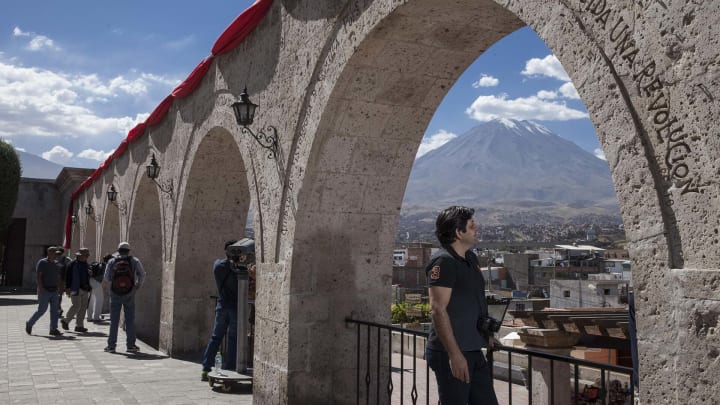
Yanahuara is a wonderful neighborhood to visit just walking distance from the city center. Heading through the streets and over the Puente Grau Bridge you’ll come to a small plaza. At the side of the plaza is a mirador or lookout which offers great views of Arequipa and El Misti.
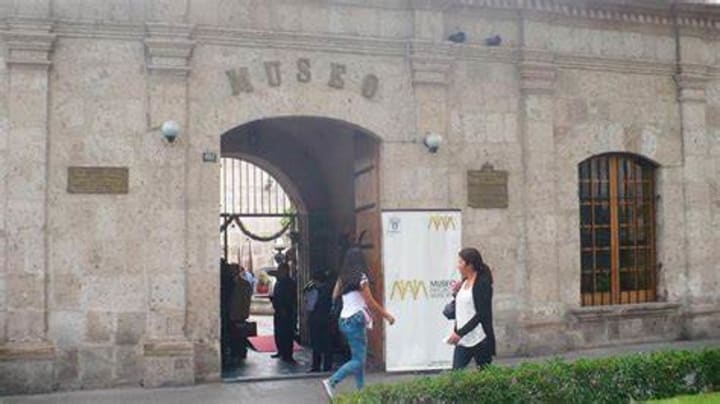
Museo Historico Municipal is a museum divided into various rooms that are dedicated to different epochs – pre-Hispanic, the independence era, the republic era, and the War of the Pacific.
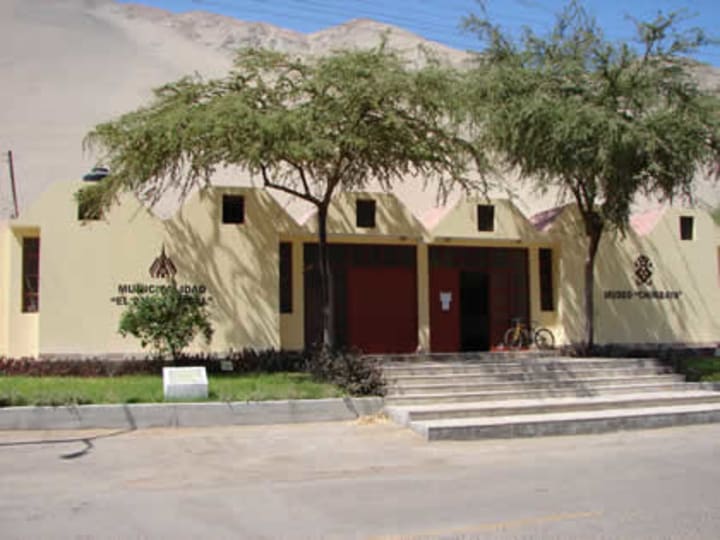
Adjacent you’ll find the Museo Arqueologico Chiribaya housing an impressive collection of artifacts from the pre-Incan Chiribaya civilization, including well-preserved textiles and the only pre-Incan gold collection in southern Peru.
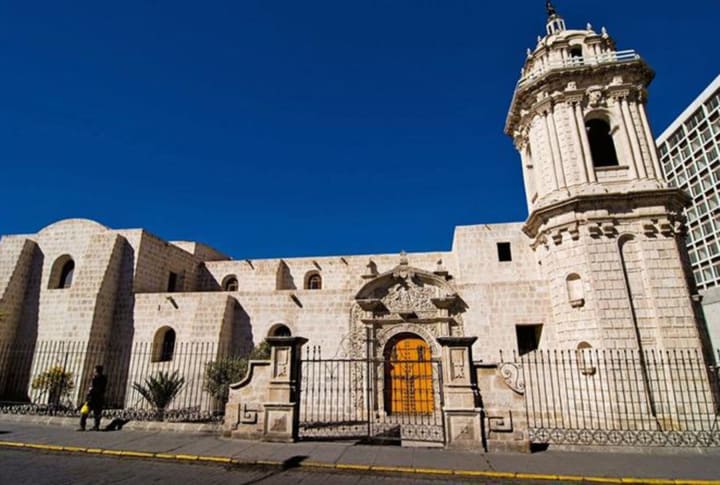
Museo de Arte Virreinal de Santa Teresa is an impressive 17th-century Carmelite convent made into a living museum. The colonial-era buildings are known for their decorative painted walls and restored rooms filled with priceless treasures. There are student tour guides who speak various languages including English. A shop at the front of the complex sells baked goods and rose-scented soap made by the nuns.
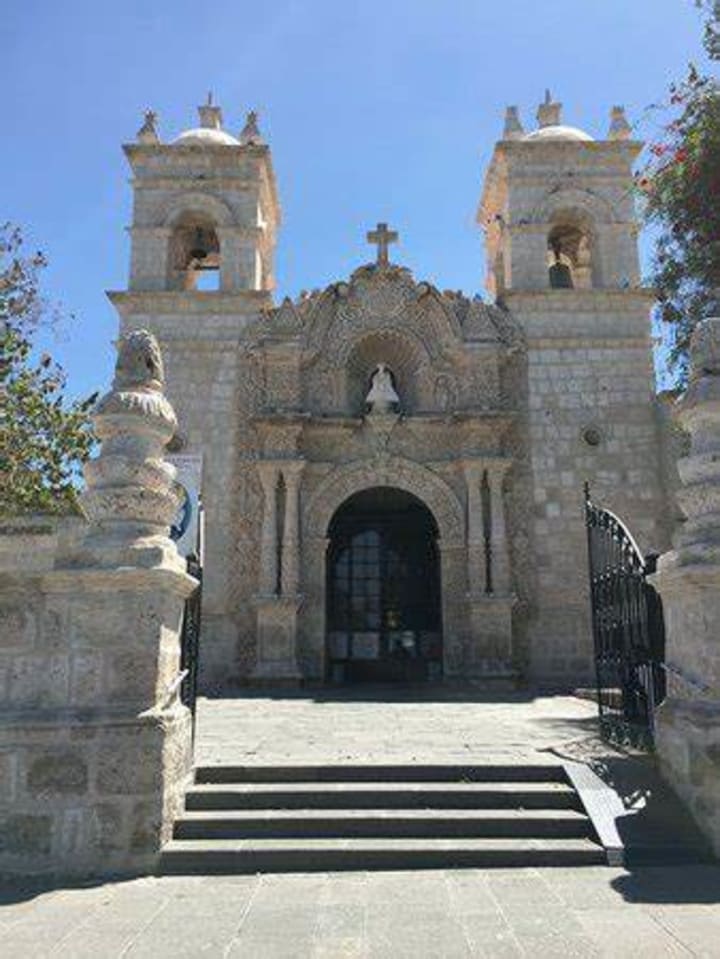
Iglesia de San Miguel Arcangel is an eye-catching church in the inner suburbs of Cayma, dating back to 1730. The small tower offers panoramic views.
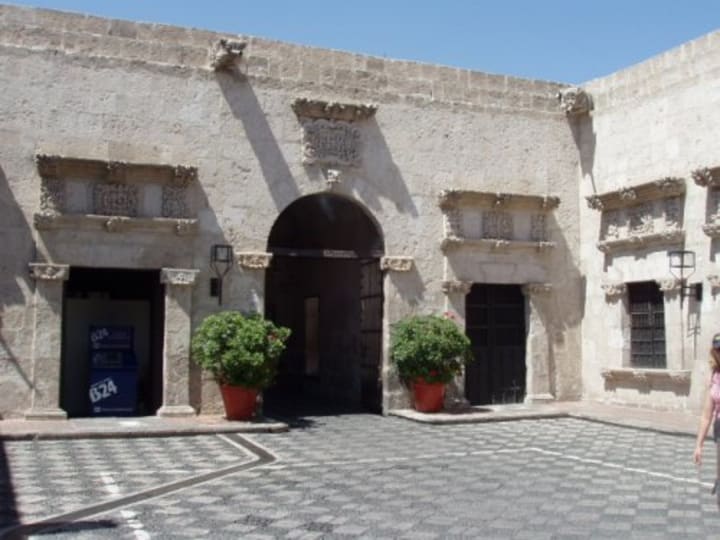
Casa Ricketts was built in 1738 and has been a seminary. archbishop’s palace, school, and home to well-to-do families. Today it is a bank that is also home to a small gallery of Arequipan art and dual interior courtyards with puma-headed fountains.
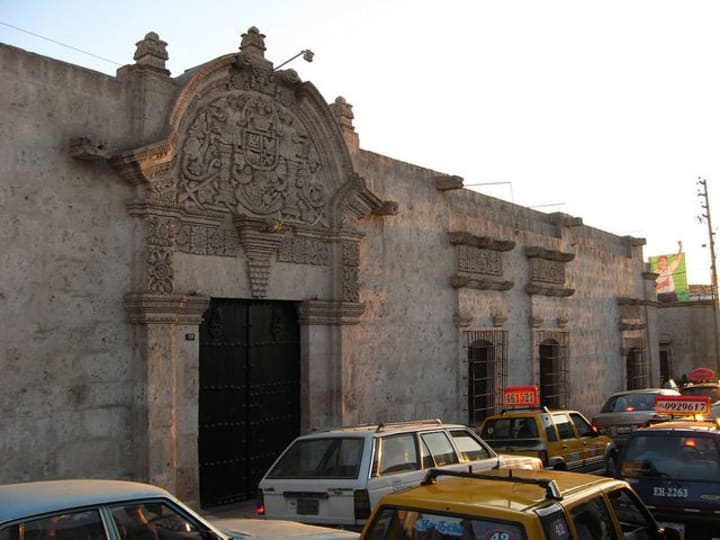
Casa de Moral is a stylized Baroque house built in 1730 and named after the 200-year-old mulberry tree in its central courtyard. It is a museum with antique maps, furniture, religious art, and an extensive Peruvian coin and banknote collection. Explanations are in English and Spanish.
About the Creator
Rasma Raisters
My passions are writing and creating poetry. I write for several sites online and have four themed blogs on Wordpress. Please follow me on Twitter.






Comments (1)
Great work! Good job!